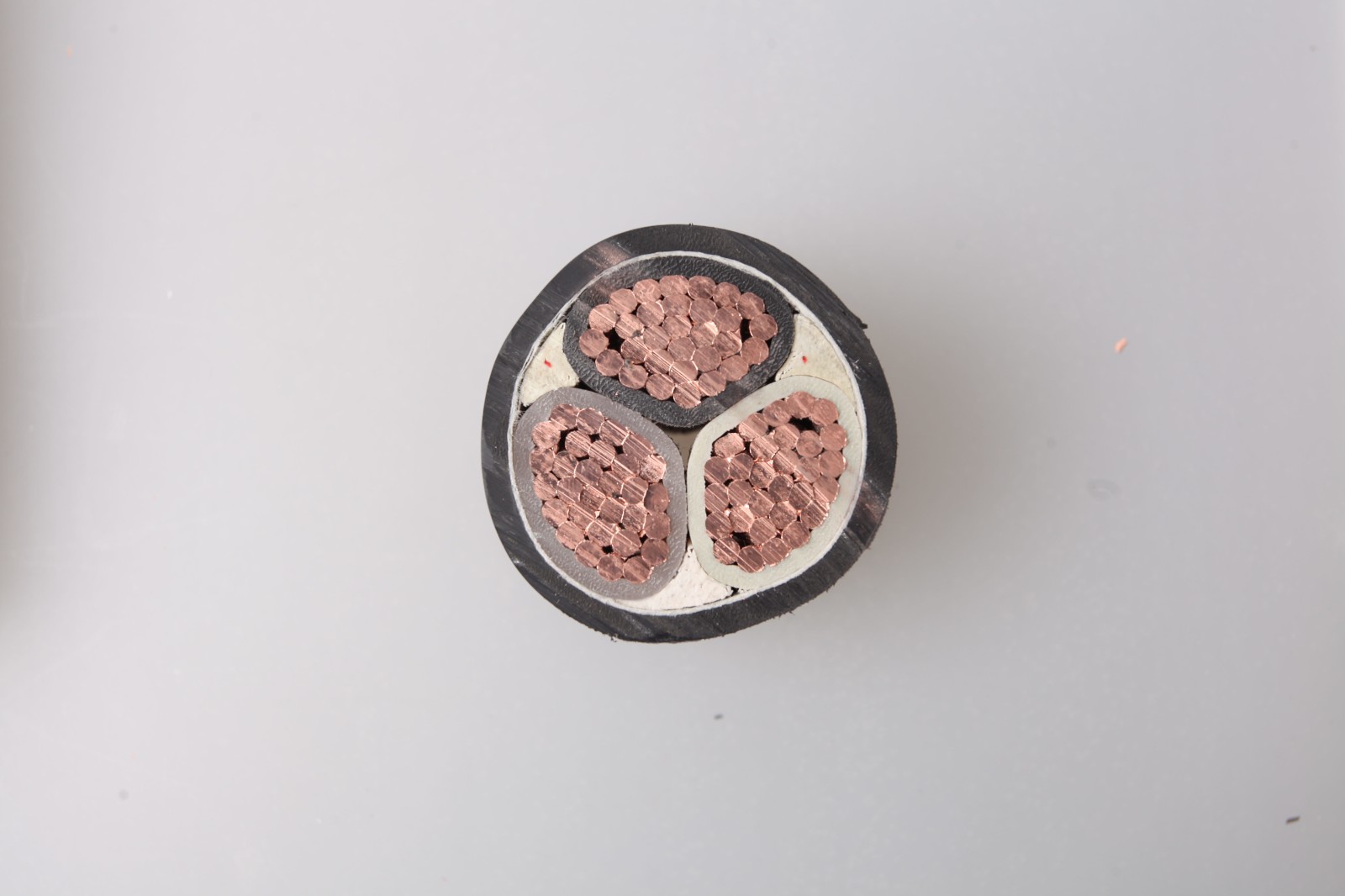
ZMS Wire and Cable is a wire product that can transmit electricity and information. The reason why a cable can conduct electricity depends on the conductivity of the conductor.
There is more than one type of cable conductor, and different types of conductors have different effects.
Next, ZMS will explain to you what are the conductor materials of the cable
The conductivity of copper is very good, second only to silver. The thermal conductivity is second only to gold and silver. It is also very stable in chemical properties, corrosion-resistant and corrosion-resistant. In addition, the plasticity of copper itself is also very good, and it is easy to weld, which has a very high practical value. Copper can also be transformed into a copper alloy, which can greatly improve its wear resistance, corrosion resistance, and mechanical and physical properties.
It is the second most common cable conductor material on the market. The conductivity of aluminum is weaker than that of gold, silver, and copper. But it has excellent thermal conductivity, corrosion resistance, and plasticity. Its disadvantages are low tensile strength, difficulty to weld, and ordinary mechanical strength. But aluminum can be made into an aluminum alloy, which will greatly improve the mechanical strength, heat resistance, and weldability of aluminum.
And its chemical properties are stable enough. It has good plasticity and is easy to weld. It is mainly used for wires and cables in the high-frequency communication industry.
There is a saying that "real gold is not afraid of fire" which is enough to prove that the high-temperature resistance of gold is very good. Gold is mainly used in high-temperature resistant wires and cables and communication cables.
Steel is often used in composite conductors to form a conductor with other conductors. Such as aluminum-clad steel and copper-clad steel.
Steel wires, steel strips, iron conductors, etc. generally require zinc for coating.
They are also used as plating to prevent corrosion of cable conductors.
After listing the above materials that can be used for cable conductors, you should also understand that the above conductor materials are not used whenever you want to use them when choosing custom cables. Rather, the decision should be based on the cable installation environment, conductivity, and other conditions.
Electrical Conductivity
Metal conductivity is relatively good in silver, followed by copper, and aluminum.
Due to the high price of silver, in addition to the use of silver in special occasions and special applications, a variety of cables commonly used conductors are copper core wire or aluminum core wire. Copper is an excellent conductor of electricity, with conductive properties second only to silver.
And copper mechanical strength is high, easy to calendering, draw and welding, and other processing, with good physical and mechanical properties and excellent process performance.
Development Trend
In view of the situation that copper and aluminum resources tend to decrease, copper is about the earliest depleted mineral resource on earth.
From the perspective of scientific development, aluminum instead of copper is the inevitable development trend.
In terms of wire and cable conductors, due to the lower strength of aluminum, pulling a thin line is more difficult, and the current processing of soft conductors and ultra-soft conductors is not realistic.
Conductor Cross-Sectional Area
The cross-sectional area of 4mm2 or more wire and cable can be completely assured that the use of aluminum conductors, forces the implementation of aluminum instead of copper, not only to ensure the transmission function but also to reduce input costs, in line with the strategy of sustainable development.
1 Circuits that need to ensure reliable connections in long-term operation, such as important power supplies, important operating circuits, and secondary circuits, excitation of motors, wiring of mobile equipment, and wiring for occasions of severe vibration.
2 Explosion hazard or fire hazard circuit.
3 serious corrosion of aluminum and copper corrosion of minor occasions.
4 Particularly important public buildings, command center places of the army, important office buildings of the party and government, and subway stations.
5 High-temperature equipment next to the place.
6 occasions related to emergency systems, and fire-fighting systems.
7 Fire-resistant cables.
8 Working current is large, need to increase the number of cable root occasions.